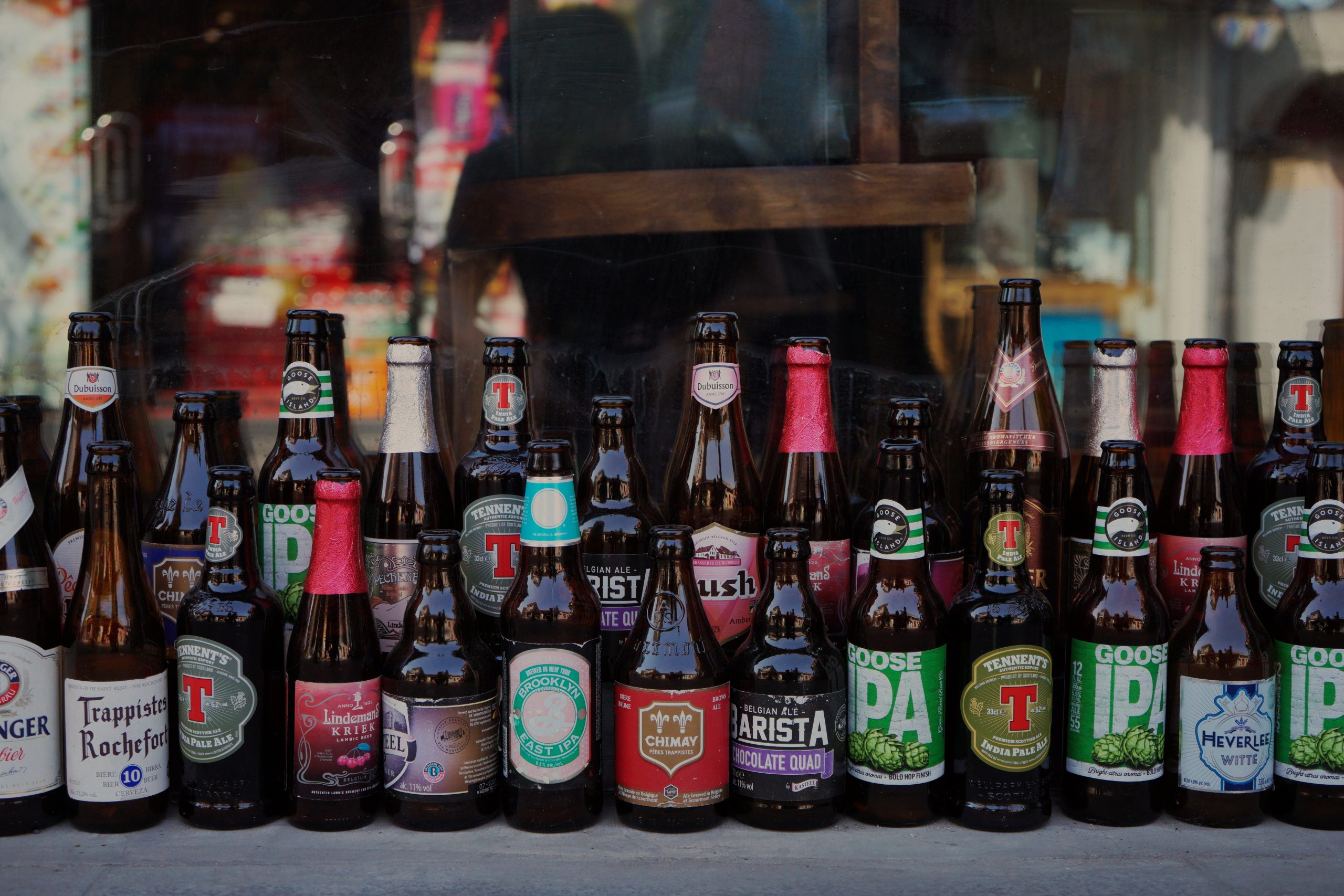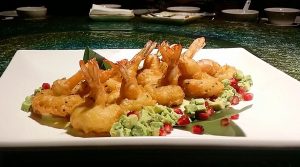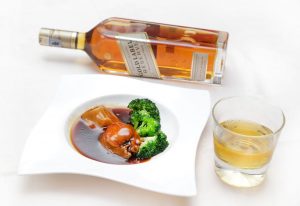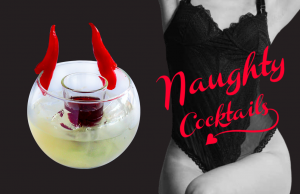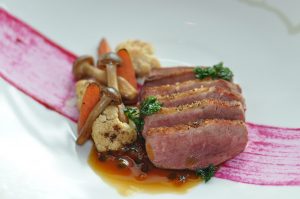It’s time to expand your glossary of beers.

As far as summer beverages go, beer is probably one of the best drinks to have after a long day’s work, or when you need to beat the heat. Its refreshing effervescence acts as a soothing balm after braving through life’s stresses and challenges, leaving you in a chilled out state as you dig into your cheat day foods. But perhaps this time you’re looking for something beyond your everyday ale or lager, and are on a quest for a beer that’s more complex or unique in character. Suddenly, you’re craving for more.
That’s when you know it’s time to broaden your horizons when it comes to beer, and the world is home to various beer styles that bring in flavours and aromas that will leave you awestruck. So whether you’re a stout fan who loves deep and dark notes, or looking for a sweeter and fruitier beer, we’ve listen down 8 beer styles that you should definitely try out now. Warning: once you try one of them, there’s no turning back.
Lambic
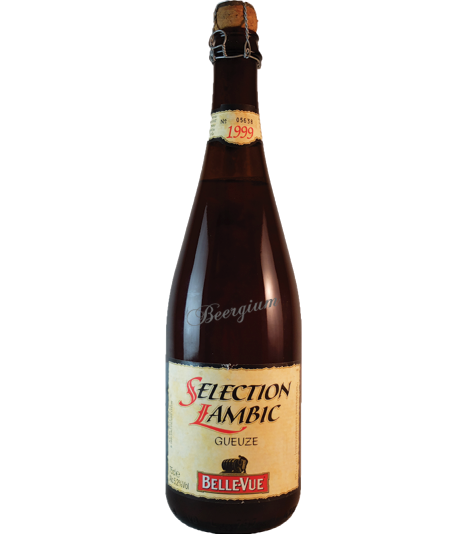 Probably known as the most common style of Belgian beers is the humble Lambic, which is also a base for other styles such as Kriek and Geueze. Instead of carefully introducing cultivated strains of yeast to the beer, Lambics are fermented through ‘spontaneous fermentation’, where the beer is literally exposed to wild yeasts and bacteria.
Probably known as the most common style of Belgian beers is the humble Lambic, which is also a base for other styles such as Kriek and Geueze. Instead of carefully introducing cultivated strains of yeast to the beer, Lambics are fermented through ‘spontaneous fermentation’, where the beer is literally exposed to wild yeasts and bacteria.
The process of making Lambics can only traditionally be done between October and May in the Pajottenland region of Belgium, since the summer months would be rife with too many unfavourable organisms in the air that could easily ruin the beer. It typically contains about 60-70% barley malt, and 30-40% unmalted wheat. The wort is then boiled with an addition of aged hops to act as a preservative while imparting a pleasant bitterness and aroma. It is then transferred to a coolship to cool down the wort, as well as expose it to spontaneous fermentation, where naturally occurring microorganisms and bacteria are introduced. The result? A distinctly tart and dry beer with fine carbonation, with a fully yet smooth mouthfeel. Popular breweries of Lambics are Boon, Belle-Vue, Lindemans, and Van Honsebrouck.
Kriek
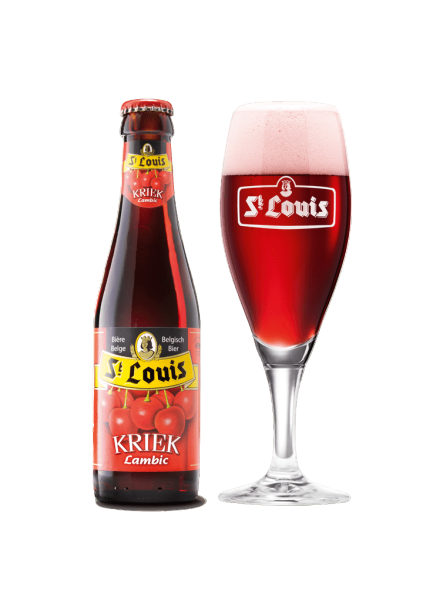 If you enjoy dry and sour beers but crave for an intense, fruity punch, then you will fancy a bottle of Kriek. Kriek is probably the most popular fruited Lambic beers in the expansive list of Belgian craft beers, produced by well-known breweries like Boon, Cantillon, and Drie Fonteinen.
If you enjoy dry and sour beers but crave for an intense, fruity punch, then you will fancy a bottle of Kriek. Kriek is probably the most popular fruited Lambic beers in the expansive list of Belgian craft beers, produced by well-known breweries like Boon, Cantillon, and Drie Fonteinen.
Kriek beers are made in Belgium by adding whole or macerated sour Morello cherries – along with their pits – to a lambic beer base before fermenting the beer together with the fruit for several months. During this time, a re-fermentation of the additional sugar from the cherries occur, typically leaving no sugar in the end product. You can easily distinguish Krieks by their deep, ruby red hue. Krieks by Boon, Cantillon, and Timmermans are still produced traditionally, while other breweries like Belle-Vue, Lindemans, Mort Subite, and Van Honsebrouck are known for making sweetened versions.
India Pale Ale (IPA)
 Contrary to the name, India Pale Ale, or IPA, was actually invented in Britain. In short, the story goes: When British sailors were sailing to India, they loaded their barrels of beer with hops, since hops were a natural preservative. The hops stayed in the beer for so long that eventually they lost their fruitiness and instead left a bitter tasting beer.
Contrary to the name, India Pale Ale, or IPA, was actually invented in Britain. In short, the story goes: When British sailors were sailing to India, they loaded their barrels of beer with hops, since hops were a natural preservative. The hops stayed in the beer for so long that eventually they lost their fruitiness and instead left a bitter tasting beer.
While the IPA is still known for its strong, bitter, hoppy flavour, there are also styles of IPA that impart a zesty, fruity explosion. Just by tweaking the blend of hop varieties, breweries can add a juicy kick to the usually bitter IPA, giving them a fruited or soured character. For IPA beers that have a strong fruity kick and almost floral aroma, BrewDog Punk IPA and Brewlander Joy Session IPA are good options. If you rather keep to earthy notes, Taiwan’s SUNMAI Rye IPA gives you a the zest of American citrusy hops without being too overwhelming.
Porter
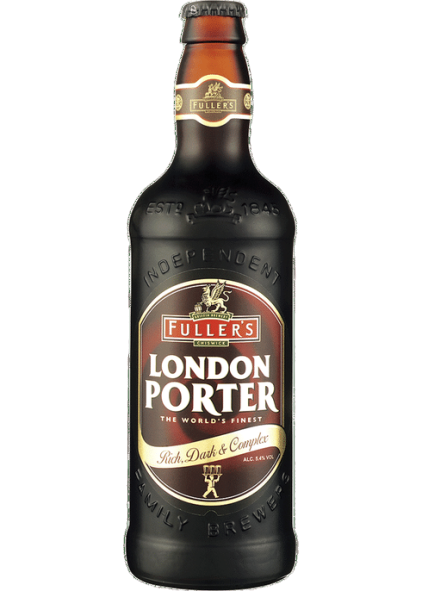 Distinguished by its dark brown, near-black colour, Porters were first brewed in the late 17th century, and was given its name because of the beer’s popularity among porters who carried goods around the cities in England. Porters can be described to be dry or acidic, with a hint of sweetness and moderate bitterness. Its level of hops will usually depend on the brewer.
Distinguished by its dark brown, near-black colour, Porters were first brewed in the late 17th century, and was given its name because of the beer’s popularity among porters who carried goods around the cities in England. Porters can be described to be dry or acidic, with a hint of sweetness and moderate bitterness. Its level of hops will usually depend on the brewer.
For those who prefer a full bodied beers, meaty dishes, and rich flavours, Porter beers are choice. They’re usually brimming with bittersweet notes of chocolate, coffee, and an ever-present toasted malt aroma. Sometimes you can even get a hint of smokiness.
Saison
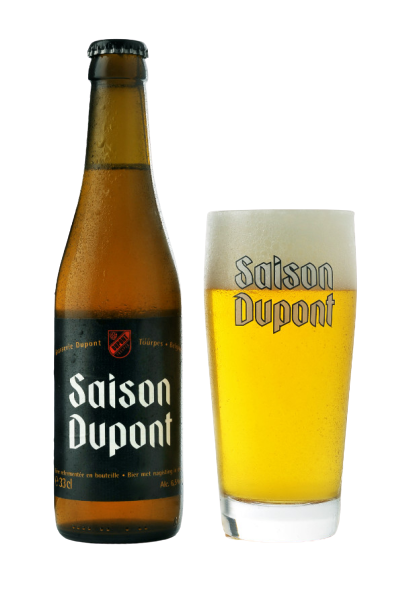 The original term for Saison beers actually come from light ales that are brewed by farmers, which is why saison is also known as ‘farmhouse ale’. These beers were usually made during the Autumn months with ingredients the farmers already had on hand – from barley and rye to even spelt. Saison means “season” in French, which refers to the fact that the beer was brewed seasonally. The beers were to be stored away and then drunk in the hot summer months.
The original term for Saison beers actually come from light ales that are brewed by farmers, which is why saison is also known as ‘farmhouse ale’. These beers were usually made during the Autumn months with ingredients the farmers already had on hand – from barley and rye to even spelt. Saison means “season” in French, which refers to the fact that the beer was brewed seasonally. The beers were to be stored away and then drunk in the hot summer months.
This type of beer originated from the French-speaking Wallonia region of Belgium, and is known to have a moderately sweet, almost fruity flavour and aroma. Since the style has a rather loose origin, it allows plenty of room for interpretation. You can easily find light or dark saisons, or saisons that are on the hoppy, malty, tart, or dry side. A hallmark of the Saison style would be Brasserie Dupont’s Saison Dupont, which comes in a rich golden colour, and feels dry and refreshing on the palate.
Gueuze
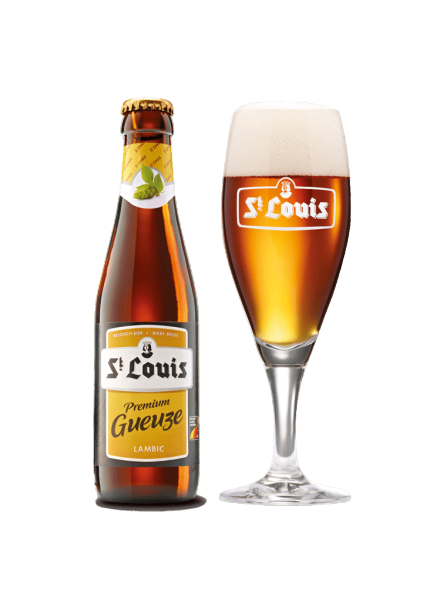 If you’re already familiar with lambics, you would have probably already come across Gueuze. Its easy to spot this style of lambic thanks to its incredibly tart, mouth-puckering sourness, and refreshing effervescence. The latter even earned its nickname as ‘the champagne of beers’. Gueuze is made by blending young (about 1 year old) and old (2-3 years old) lambics, before bottle-conditioning them for a secondary fermentation. Since young lambics are not fully fermented, the blend contains fermentable sugars, which allow a second fermentation to occur.
If you’re already familiar with lambics, you would have probably already come across Gueuze. Its easy to spot this style of lambic thanks to its incredibly tart, mouth-puckering sourness, and refreshing effervescence. The latter even earned its nickname as ‘the champagne of beers’. Gueuze is made by blending young (about 1 year old) and old (2-3 years old) lambics, before bottle-conditioning them for a secondary fermentation. Since young lambics are not fully fermented, the blend contains fermentable sugars, which allow a second fermentation to occur.
Gueuze fans would probably describe Gueuze as cider-like, dry, sour, or even musty. However, a good Gueuze should also always have a full and complex bouquet, with a soft, velvety, and almost ‘wild’ flavour. In order to make the beer more palatable, there are even sweetened versions, where aspartame are added to the beer. The original, unsweetened version is then referred to as “Oude Gueuze”, which means “Old Gueuze”. This style of beer is usually served in champagne bottles. In Malaysia, you can look for Gueuze under the Van Honsebrouck / St Louis label.
Trappist
 In short, a Trappist beer is beer brewed by or under the supervision of monks within the walls of a Benedictine abbey. The term ‘Trappist’ is derived from Normandy’s La Trappe, and the world currently has 14 Trappist breweries. Depending on the amount of malt and original campaign, Trappist beers can be categorised as Enkel (Single), Dubbel (Double), Tripel (Triple), or Quadrapel (Quadraple). They are also distinguished using a number system, with 6, 8, and 10, which can indicate the alcohol strength of the beer, the colour (blonde or brown), or even both.
In short, a Trappist beer is beer brewed by or under the supervision of monks within the walls of a Benedictine abbey. The term ‘Trappist’ is derived from Normandy’s La Trappe, and the world currently has 14 Trappist breweries. Depending on the amount of malt and original campaign, Trappist beers can be categorised as Enkel (Single), Dubbel (Double), Tripel (Triple), or Quadrapel (Quadraple). They are also distinguished using a number system, with 6, 8, and 10, which can indicate the alcohol strength of the beer, the colour (blonde or brown), or even both.
The most well-known Trappist beers are the Chimay Blauw, Westmalle Tripel, and Rochefort 10 – with the Chimay being one of the most unique beers, period, thanks to a truly complex profile that even carries hints of floral green tea.
Kölsch
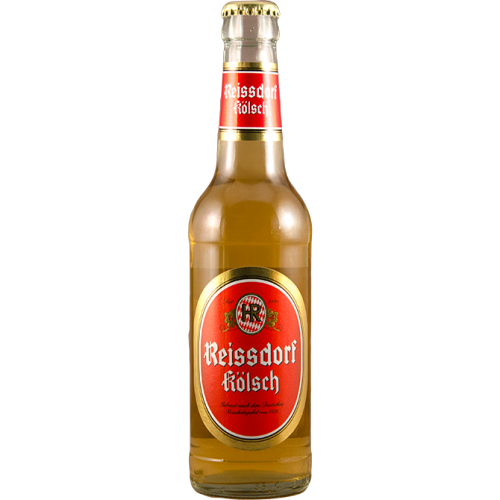 Newcomers to the world of craft beer who may not necessarily enjoy the bold flavours of IPAs, sour beers, or even Stouts can try out Kölsch. This German beer carries the classic flavours and aromas of standard light lagers, with a refreshingly crisp, light, and mild flavour. Technically Kölsch is an ale, but shares certain similarities with a lager. It’s brewed with top-fermenting ale yeasts, but after activation, the brew is cooled and fermented at a lower temperature like a lager.
Newcomers to the world of craft beer who may not necessarily enjoy the bold flavours of IPAs, sour beers, or even Stouts can try out Kölsch. This German beer carries the classic flavours and aromas of standard light lagers, with a refreshingly crisp, light, and mild flavour. Technically Kölsch is an ale, but shares certain similarities with a lager. It’s brewed with top-fermenting ale yeasts, but after activation, the brew is cooled and fermented at a lower temperature like a lager.
To call a beer a real Kölsch, it must come from the Cologne region in Germany. If you’re looking for a summer drink, Kölsch beers will give you a low-to-mild bitterness, subtle malt and hop notes, and a delightful crisp finish – perfect for hot, balmy days.
Product photos courtesy of the respective brands.


